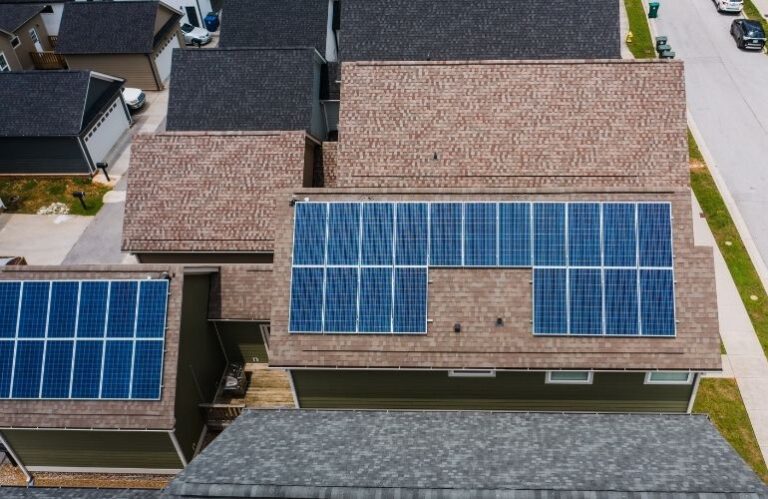The NC Clean Energy Technology Center (NCCETC) has released its annual overview for 2024 and the fourth quarter update of The 50 States of Solar. The quarterly series provides insight into discussions and actions in the field of regulations and legislation in the field of distributed solar energy policy, with the emphasis on net measurement, distributed solar valuation, common solar energy, fixed costs for homes, the demand for and and the demand for and and the demand for and Solar energy costs of houses, owned by third parties and solar energy led by utility companies. Solar programs on roofs.
The report shows that 47 states, plus the District of Columbia and Puerto Rico, took some form of policy campaign in the field of distributed solar energy in 2024, with the largest number of actions related to the net policy, elevations of the Fixed costs for homes and solar energy for the community. The most active states were Michigan, California, Virginia, Arizona, Maine, Oregon, Connecticut, Massachusetts and Washington.

Policy campaign for 2024 in the field of net measurement, rate design and ownership of solar energy
The report identifies ten trends in the field of solar energy policy during the year:
- New states that go beyond the traditional net measurement;
- Distributed solar programs in which facilities for multi -family buildings are integrated;
- Utilities that request approval for large increases of the fixed costs for homes;
- States that use formal studies to inform the rate design of the successor to net measurements;
- Updates of the solar energy program are aimed at participating in low incomes;
- States and utilities reach the triggers for the successor to net measurements;
- Stakeholders who oppose previously approved distributed generation taxes;
- States that consider federal financing when designing distributed solar energy programs;
- Energy storage is included in distributed (re) designing solar energy; And
- Nuts companies that differentiate residential rates based on the type of customer.
“After a period of relatively little activity, we again saw requests for major increases in 2024,” says Brian Lips, senior project manager. “Starting with California, where the committee approved the fixed costs with income distribution, several utilities asked for increases of 100% or more.”
In 2024, a total of 269 was proposed, processed or decided at the constitutional and utility level distributed sunbeling and tariff changes. The report notes that ten of the most active states in 2024 were in the field of solar energy leadership developments:
- Virginia, where legislators expanded the shared solar program of the State and Appalachian Power proposed a successor to net measurements;
- West Virginia, where supervisors approved a netometer successor for Monongahela Power and Potomac Edison, while Appalachian Power and Wheeling Power presented their own successor;
- Washington, where legislators have initiated a new investigation into the appreciation of distributed solar energy, and supervisors have expanded the Nettomeet program of Puget Sound Energy, even when the limit has been reached;
- California, where supervisors have set up a framework for income-based fixed costs and have approved a new solar energy program;
- Connecticut, where legislators extended the solar energy program for two years and started an investigation into follow-up programs for solar energy, while supervisors changed existing programs;
- New Jersey, where supervisors changed the rules for remote net, changes to the new solar energy program and a stakeholder process started for a successor to net met measurement;
- Colorado, where legislators have renewed the solar energy community program to concentrate on income qualified customers, and where supervisors have implemented a new fixed credit option for community-solid energy;
- Arizona, where supervisors stop the roof program of the Arizona Public Service and approve a new reimbursement for access to the electricity grid for solar energy customers;
- Alaska, where legislators have adopted the rules for the energy program of the community, and supervisors have considered increasing the total ceiling of the State for net measurements;
- Maryland, where regulators started drawing up rules for a new solar energy program and net participation in use of use rates.
“In 2024 we continued to see that states stepped away from traditional net measurements to alternative compensation structures, such as net invoicing, for distributed generation,” says Autumn Proudlove, general director of policy and markets at NCCETC. “The focus of these changes was on settlement intervals and export credit rates, while additional reimbursements such as demand costs and costs for access to the electricity grid are generally not included in these tariff designs.”
News item from the NC Clean Energy Technology Center (NCCETC)


